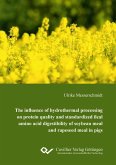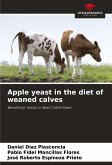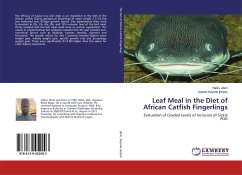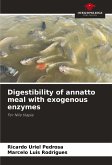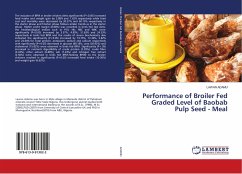Feed is the greatest single cost factor in pig production, and protein and energy accounts for the largest proportion of feed costs. Therefore, it is crucial that the protein and energy content of a diet is characterized in the best possible way. Over the past years, the standardized ileal digestibility (SID) of crude protein (CP) and amino acids (AA) has been introduced into diet formulation for pigs in several countries. Moreover, different energy systems are available for feed evaluation including digestible energy (DE), metabolizable energy (ME) and net energy (NE). For soybean meal (SBM), the most commonly used feed ingredient in pig diets, tabulated values for SID of AA in addition to DE, ME or NE contents have been determined in grower-finisher pigs rather than weaned piglets. Due to the lack of separate feed tables for piglets, tabulated values originating from experiments with grower-finisher pigs are being used for diet formulation in piglet feeding, although post-weaning feed intake (FI) is highly variable and often lower than 3 times the maintenance energy requirement of weaned piglets. Thus, it remains open, if values obtained with grower-finisher pigs can be used for piglets as well. Furthermore, in grower-finisher pigs it has been shown that dietary inclusion of SBM sources of different origins may affect SID of CP and AA. The influence of SBM origin on SID of CP and AA in piglets has not been investigated so far. Therefore, the first objective of the present thesis was to determine SID of CP and AA in a large variety of SBM sources sourced from different countries, whereas the second and third objective was to investigate the effect of FI level on apparent ileal digestibility (AID) and SID of CP and AA, as well as on apparent total tract digestibility (ATTD) of proximate nutrients and energy in weaned piglets. For this purpose, a digestibility experiment with a total of 36 (initial BW 5.6 kg) newly weaned pigs, surgically fitted with simple T-cannulas at the distal ileum, was conducted. The piglets were housed in metabolic crates, and were fed semi-synthetic diets based on cornstarch and 1 out of 18 different SBM batches originating either from Argentina (6 batches), Brazil (6 batches) or the United States (US; 6 batches). Diets were fed on three graded levels of FI corresponding to 30, 45 and 60 g per kg average body weight (BW) of piglets, equivalent to 50, 75 or 100 g/kg BW0.75 d or 1.9, 2.6 and 3.1 times the energy requirement for maintenance. The whole experiment was split in 3 consecutive parts with 12 piglets, each. Over the whole experiment, the piglets were randomly allocated to the different combinations of FI level and SBM, but balanced in order to achieve 3 identical experimental parts.
Bitte wählen Sie Ihr Anliegen aus.
Rechnungen
Retourenschein anfordern
Bestellstatus
Storno


